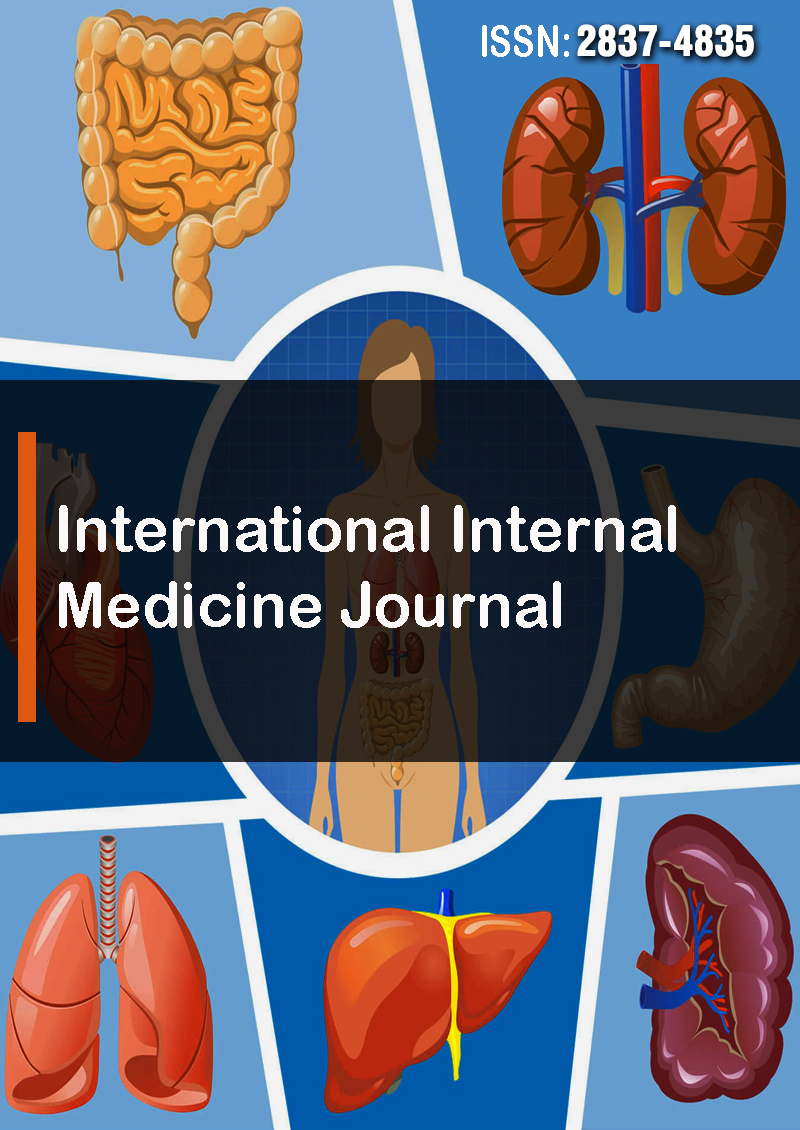Post-Chemotherapy Cardiotoxicity in Women With Breast Cancer
Abstract
Maria Maldonado-Vega, Shaila Cejudo-Arteaga, Marco Antonio Ramirez-Reyes, Felipe Farias-Serratos and Raul Teniente-Valente
Chemotherapy (CT) with anthracyclines can generate cardiotoxicity. The immunological system is part of the response to treatment with CT. Women with breast cancer were evaluated during their CT treatment, assessing their response to cardiotoxicity according to the treatment regimens and the classification of the cancer. Single CT and combined CT groups were made up (anthracyclines, Trastuzumab, and taxanes). Cardiotoxicity was measured as the Left Ventricle Expulsion Function (LVEF). The hematological response was measured start and at the end of treatment as the Lymphocyte/Macrophage Index (L/M) and the Lymphocyte/Platelet Index (L/P) The study included 451 women with breast cancer, among whom 230 underwent follow-up with LVEF on at least three occasions. Eight study groups were conformed based on their CT treatment. The comparison with LVEF was obtained between the baseline and the last LVEF. Combined CT diminished the LVEF, contrary to the CT of a single compound, which in addition showed a recovery from LVEF. The combined CT caused functional loss in terms of LVEF in 27% of the studied population. The L/M increased, and the L/P diminished in patients with the combined therapy. This suggests the participation of inflammation processes and vascular damage. Human epidermal growth factor receptor 2-positive (HER2+) and triple- negative patients have less survival, above all when the LVEF baseline was <55%. Anthracycline CT combined with other CT reduced the LVEF in women with breast cancer due to cardiotoxicity associated LVEF dysfunction. The use of only taxanes not exerted cardiotoxicity effect.



